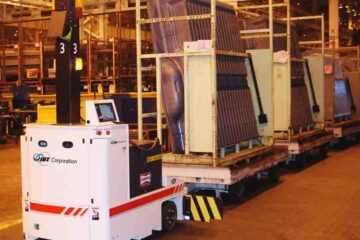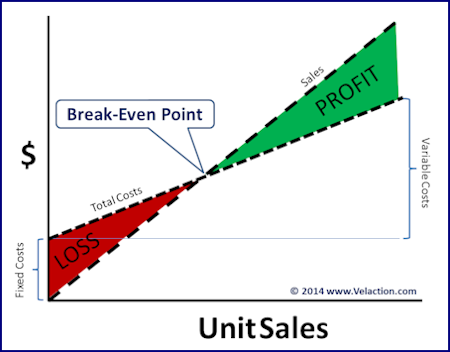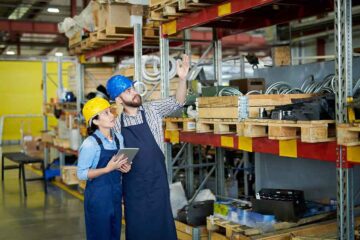Lean Terms
Automated Guided Vehicle (AGV)
Automated guided vehicles (sometimes called Automatic Guided Vehicles) are driverless vehicles that primarily perform transportation functions. In most cases, they support materials groups in distribution of raw materials and in movement of finished goods. These vehicles may either operate similar to a pallet jack, and carry the load, or as Read more…


